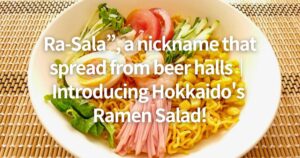There are many reasonably priced and delicious foods in the region compared to Tokyo, and kayaki in Akita is another one I would like to recommend.
Hmm? What is kayaki? Many of you may be wondering.
Kayaki is a local dish that was originally favored by fishermen on the beach, who used a large shellfish shell as a pot in which to stew fish and other ingredients.
Also, in the past, most kayaki was grilled shellfish, but today, each restaurant has its own specialties, such as fish, vegetables, mushrooms, tofu, etc., based on what is in season.
So, in this article, I will explain about Akita’s kayaki, including its history, points of attraction, recommended specialty stores and menus, and sightseeing spots in the area, as well as my own experiences.
I hope this will be a good opportunity for you to learn more about Akita’s kayaki.
How did Akita’s kayaki come about in the first place?
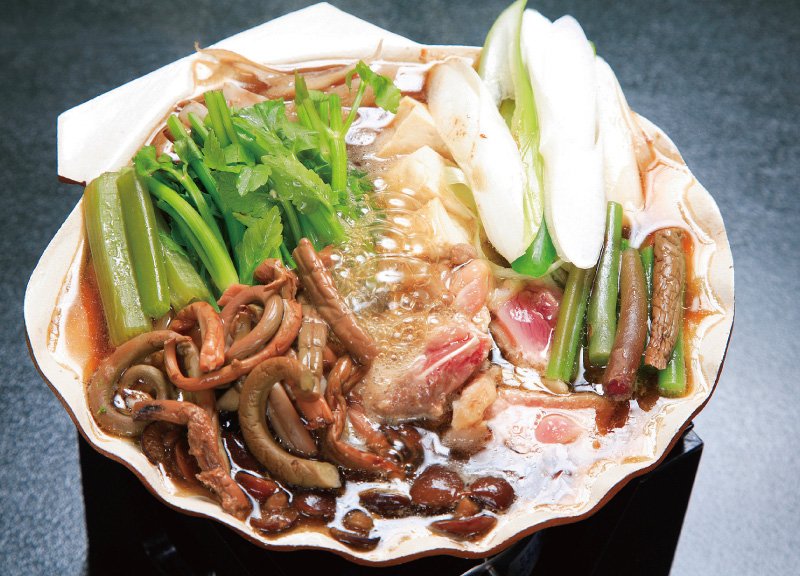

Kayaki is a one-person miso stew dish that originated among fishermen and farmers in Akita during the Edo period.
It came to be called “kaiyaki” or “kayaki” because at that time, instead of a large pot, scallop shells and small iron pots were used to prepare it instantly.
This simple dish of fresh seafood, wild vegetables, tofu, and other ingredients simmered in miso gradually spread as a home cooking method because it was easy to prepare and nutritious.
Why did kayaki take root in Akita as a local menu?


Kayaki took root in Akita because of the natural environment and people’s lifestyles.
Akita has four distinct seasons, and winters are especially harsh and cold.
In such circumstances, miso-flavored stewed food that warms the body was very useful.
The abundance of local produce from the mountains and the sea also supported kayaki, which makes use of local ingredients.
Because it can be easily prepared in individual portions, kayaki has become a part of the daily diet and is now one of Akita’s best-loved local dishes.
Heh. Interesting background of using scallop shells as a pot, and how stewed food that warms the body was valued…
Three Attractions of Akita’s Kayaki
I have summarized some of the attractions of Akita’s kayaki.
Rich flavors of local ingredients
Kayaki is a dish that makes the most of Akita’s sea and mountain produce and is packed with seasonal flavors.
Local ingredients such as grouper, scallops, mushrooms, wild vegetables, and tofu are used in abundance, and the flavor of each is enhanced with miso.
Each region has different ingredients and different types of miso, so you can enjoy the different flavors during your trip.
The seasonal appeal of this dish is supported by the ability to taste the bounty of nature and the unique flavors of Akita all at once.
The ease and warmth of the one-pot style
Kayaki is characterized by being served in small pots for one person, making it easy to enjoy one’s own pot.
Originally a rustic dish in which shells were used as pots, kayaki has a homey warmth.
Because it is served hot, it warms the body to the core in the cold Akita winter and relieves fatigue during the trip.
Because it looks cute and photo-worthy, it is becoming increasingly popular among young tourists through social networking services.
Deep, rich, gentle flavor based on miso
Kayaki is a dish with a miso-based flavor that symbolizes Japan’s unique culture of fermentation.
The richness of the miso and the broth from the ingredients blend together to create a rich yet gentle flavor.
Because it is not too spicy and has a low oil content, it is well known as an easy-to-eat dish even for foreign tourists.
It is also interesting to note that the impression of the flavor changes depending on the type of miso used (rice miso or combined miso), making it an experience that will make you feel the depth of Japanese food culture.
Indeed. The one-pot style is easy to eat, and the cute appearance is great for social networking.
My recommendation for the best kayaki restaurants in Akita
In this article, I will introduce some of the best kayaki restaurants in Akita and their recommended menus.
My recommendation for Akita’s kayaki restaurants
My recommendation for Akita’s kayaki restaurants
Yashichi
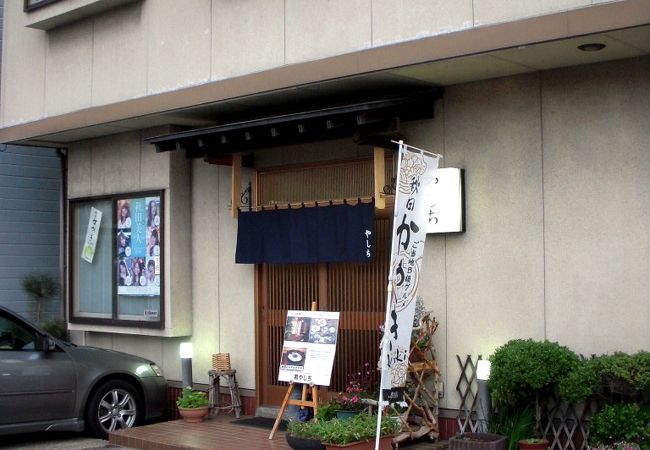

✅ Recommended Points
- Yashichi is a local restaurant within walking distance of Akita Station that is well known locally.
- The restaurant, with its relaxed Japanese atmosphere, is popular among locals and tourists alike, and offers dishes unique to Akita, one by one, with great care.
- The restaurant features dishes that emphasize the flavor of local ingredients, and the atmosphere is warm and inviting with a Japanese family atmosphere.
- Reservations can be made, and this restaurant is ideal for those who want to enjoy the taste of Akita in a quiet atmosphere.
✅ Recommended menu
- Kayaki Nabe
- Kayaki Nabe” is one of Yashichi’s specialties, a traditional dish of seafood, wild vegetables, tofu, and other ingredients caught in the waters around Akita, simmered in a miso-based broth.
- The flavor of the ingredients is combined with miso to create an aromatic and deep taste.
- Nabe can be ordered in portions of one, and the style is visually appealing and approachable even for first-timers.
- The ingredients change with the seasons, so you will find new delicacies each time you visit.
Akita Banya Bar
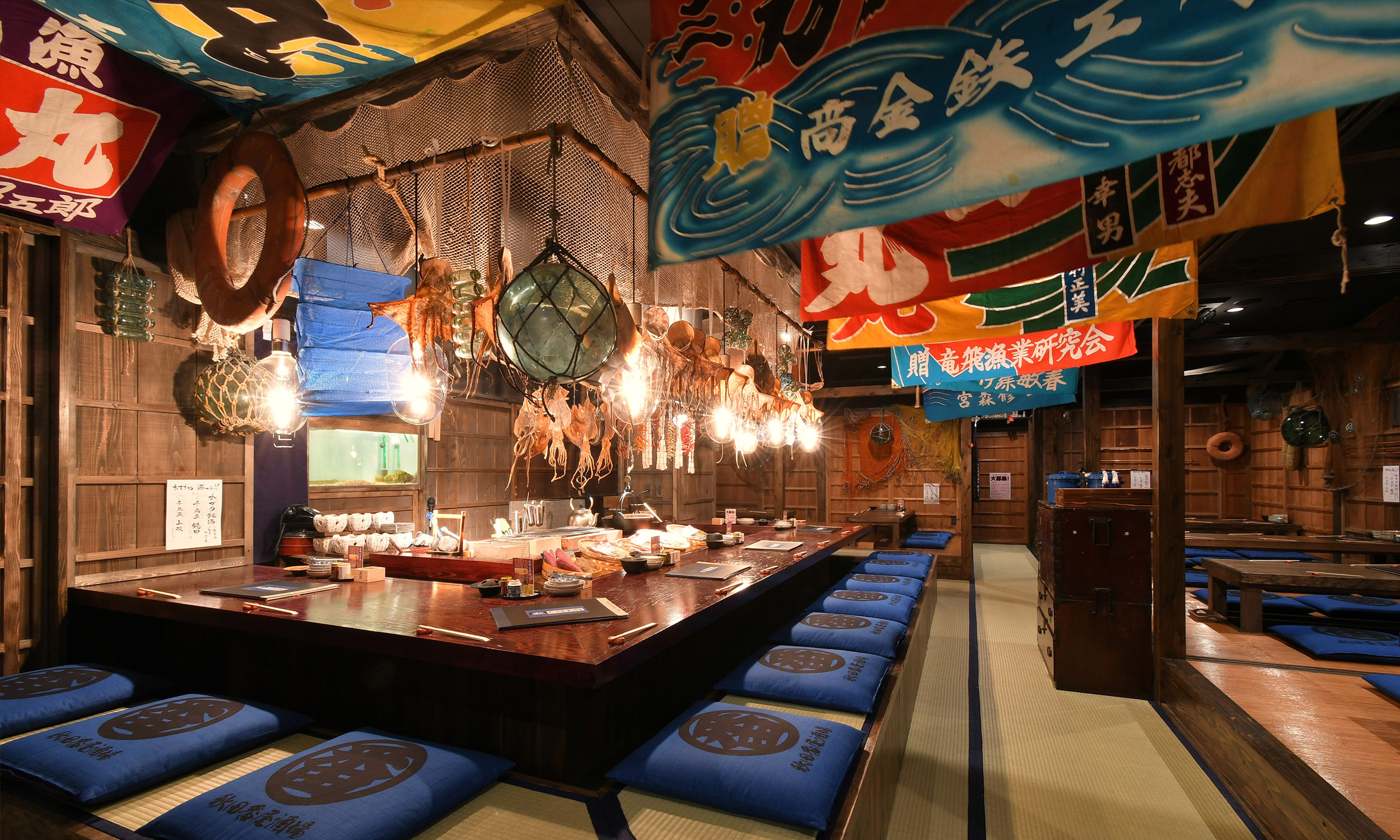

✅ Recommended Points
- Akita Banya Bar is a popular privately owned izakaya located on the third floor of the Akita Ekimae Building, with an impressive interior that recreates the atmosphere of a fishing town.
- With a menu centered on Akita’s fresh seafood, the restaurant attracts a wide range of customers, from tourists to local regulars.
- The restaurant’s irori-style seating and warm wooden space make it an attractive place to casually enjoy traditional Akita cuisine and locally brewed sake.
- An English menu is also available, making it accessible to foreign visitors to Japan.
✅ Recommended menu
- Oni Kara Seafood Kayaki
- The specialty “Oni Kara Kaisen Kayaki” is a dish of scallops, shrimp, squid, etc. stewed in a special spicy miso paste.
- The spicy flavor of the kayaki is addictive, and is especially popular during the winter months.
- The rich broth that infuses the flavor of the ingredients is a perfect match for Akita’s local sake.
- The richness of miso and sweetness of the ingredients can be felt in the spiciness of the soup, making it a good choice for foreign tourists who like spicy food.
- It is also voluminous and visually impressive.
Akita Nagaya Bar


✅ Recommended Points
- Located about a 5-minute walk from Akita Station, Akita Nagaya Sake Shop is an izakaya (Japanese-style pub) that serves Akita’s local cuisine, marked by a large namahage (a large fish-shaped headfish) sign.
- The restaurant is built in the style of an old private house, with a relaxing atmosphere featuring a sunken hearth and the warmth of wood.
- With a wide selection of dishes using local ingredients and locally brewed sake, it is a popular spot for tourists.
- An English menu is also available, making the restaurant accessible to foreign visitors to Japan.
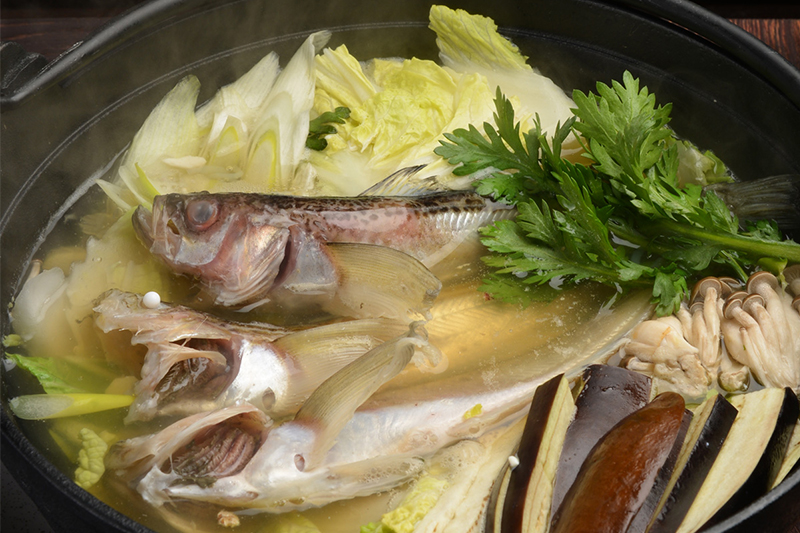

✅ Recommended menu
- Shotsuru kayaki
- Shottsuru Kayaki is a dish of grouper and vegetables stewed in a broth based on Shottsuru, Akita’s traditional fish sauce.
- The deep flavor of the seafood blends with the unique taste of the Shotsutsuru.
- Served in a small pot for one person, it is an easy way to enjoy the local flavor.
- The dish is also popular among foreign tourists for its beautiful appearance and photogenic qualities.
Oh. Each restaurant has its own unique atmosphere and menu recommendations, so it’s really hard to decide where to go…
Column: Is it true that the name “kayaki” originated from an accent word?
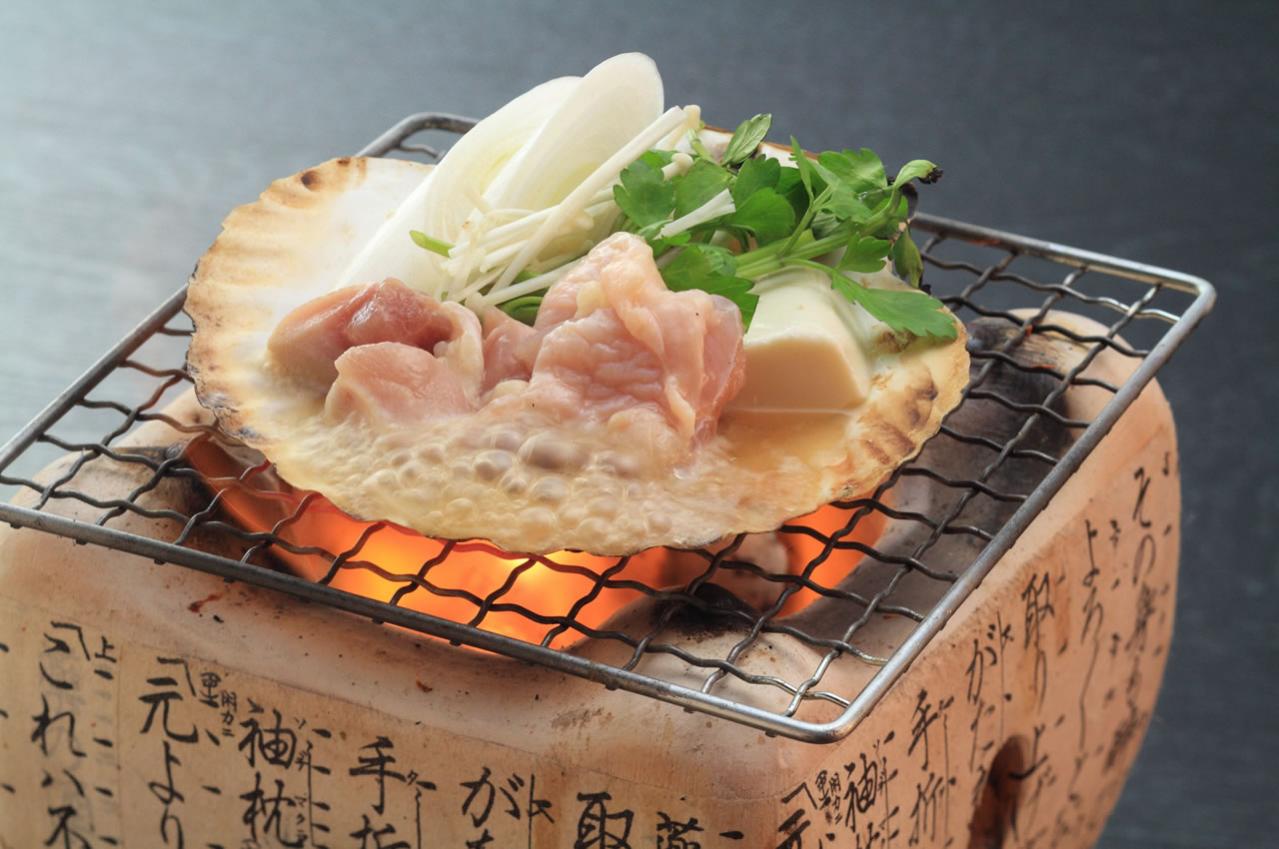

Yes, the name “kayaki” is said to have originated from the Akita dialect.
The prevailing theory is that “kaiyaki” became “kayaki” with an accent.
The name derives from the cooking method of using scallop shells as a vessel.
In Akita, there is a custom of using scallop shells as a pot to make miso soup, which is thought to have given rise to the name “kayaki.
Thus, it can be said that the name was born from a fusion of local food culture and dialect.
Heh. So the word kayaki is an accent of the word kaiyaki. Interesting that they used the shell as a pot…
A spot to stop by while eating Akita’s kayaki
Here are three recommended places to stop by in Akita during your meal.
✅ Chiaki Park (Ruins of Kubota Castle)


Chiaki Park is a historical park built on the site of Kubota Castle, which was built by Yoshinobu Satake, the feudal lord of Akita, and is a place for citizens to relax.
The park includes the reconstructed Osumi Tower and the front gate, and visitors can enjoy a walk through history.
In spring, approximately 700 cherry trees are in full bloom, making it a popular cherry blossom viewing spot.
It is within walking distance from Akita Station for easy access.
It is a recommended spot to experience Akita’s history and culture while enjoying the seasonal scenery.
✅ Akita Museum of Art


Designed by Tadao Ando, the Akita Museum of Art is a fusion of modern architectural beauty and art.
The museum exhibits works related to Akita, such as the giant mural “Akita’s Events” by Tsuguharu Fujita, a Western-style painter from Akita, as well as other works related to Akita.
The museum offers a panoramic view of the nature of Chiaki Park and a quiet and tranquil time.
This is a valuable spot where visitors can experience the charms of Akita more deeply by experiencing art in between sightseeing tours.
✅ Roadside Station Akita Port Port Tower Serion


Port Tower Serion is a 100-meter-high observation tower towering over Akita Port, offering a spectacular view of the city, the Sea of Japan, and Mount Chokai.
At night, the tower is fantastically illuminated, making it a popular date spot.
The roadside station on the first floor offers locally grown vegetables and specialties, making it a convenient place to look for Akita souvenirs.
It is a recommended sightseeing spot for visitors to Japan who can enjoy both gourmet food and a spectacular view at the same time.
There are many sights concentrated with history and culture, so if you are ever in the neighborhood, please stop by.
Let’s go to Akita to enjoy the real taste!
The best way to enjoy Akita’s kayaki is to go there and enjoy the atmosphere, so I would like to recommend some items that would be good to take with you on your trip.
In this article, I would like to introduce some of my recommended travel items that can be purchased on Amazon.
I hope you will find them useful when considering travel items.
If you are interested, check out the following products on Amazon!

















